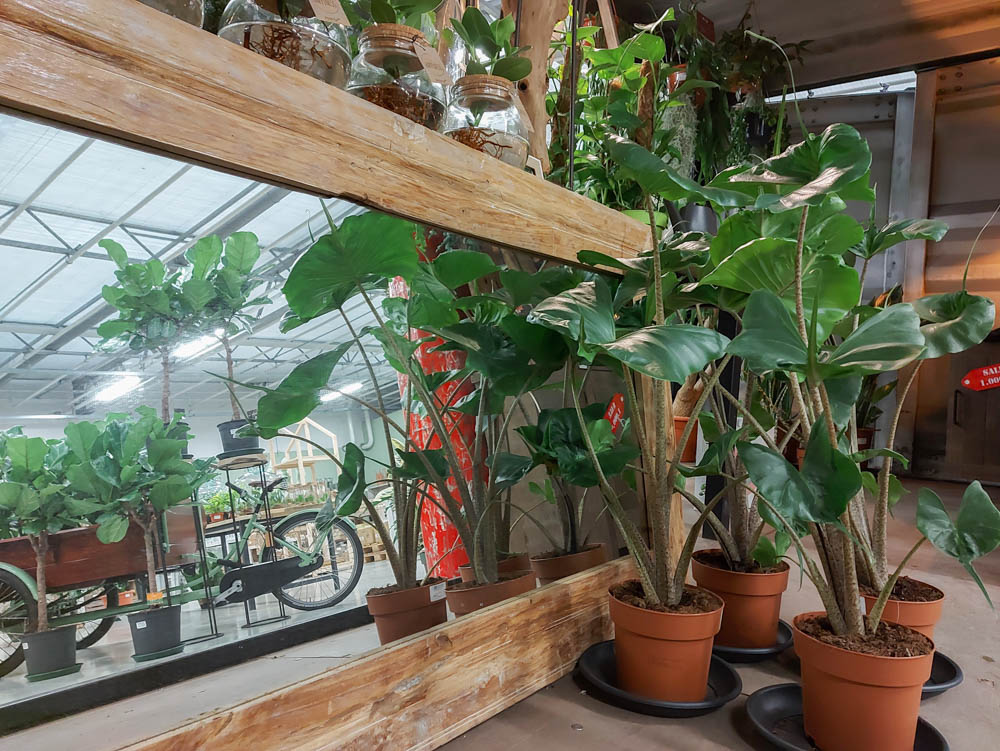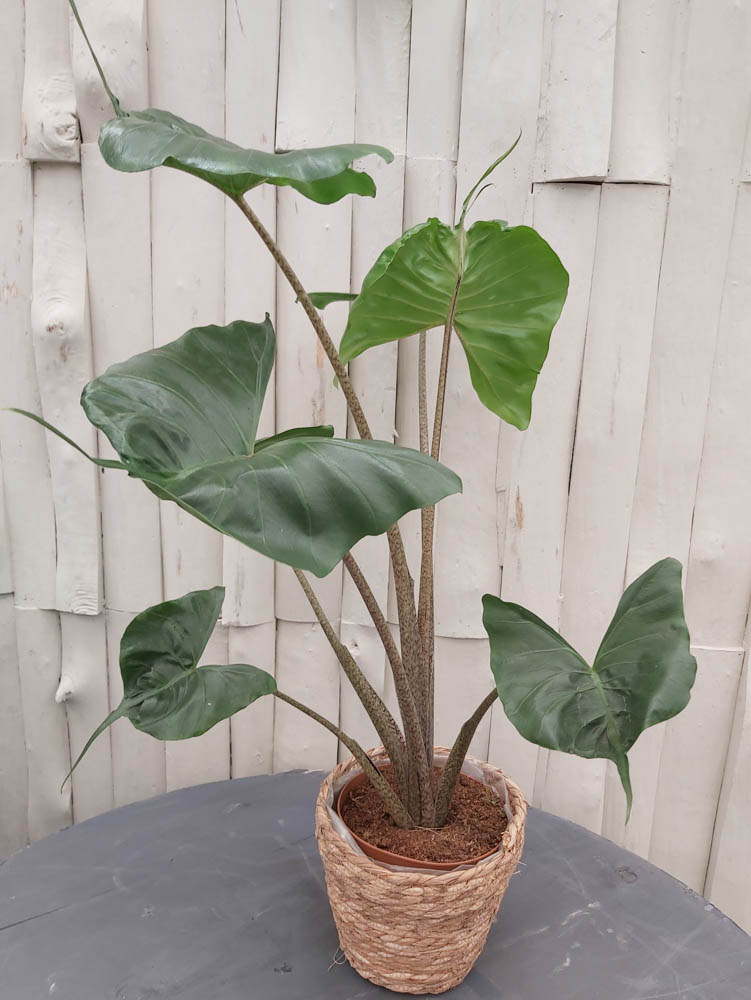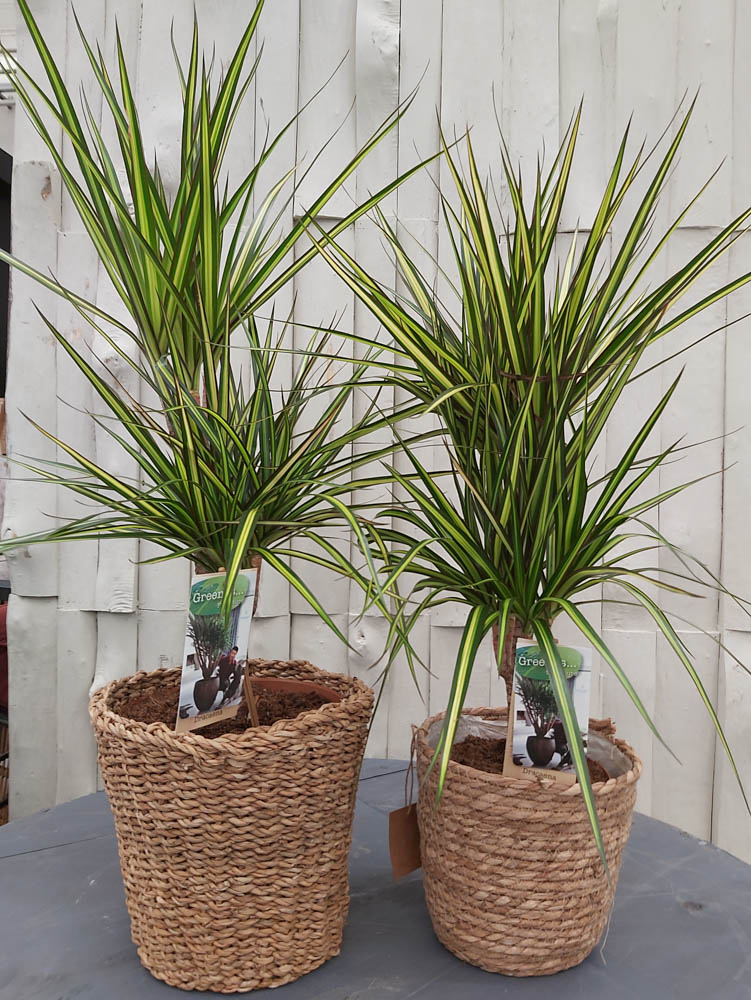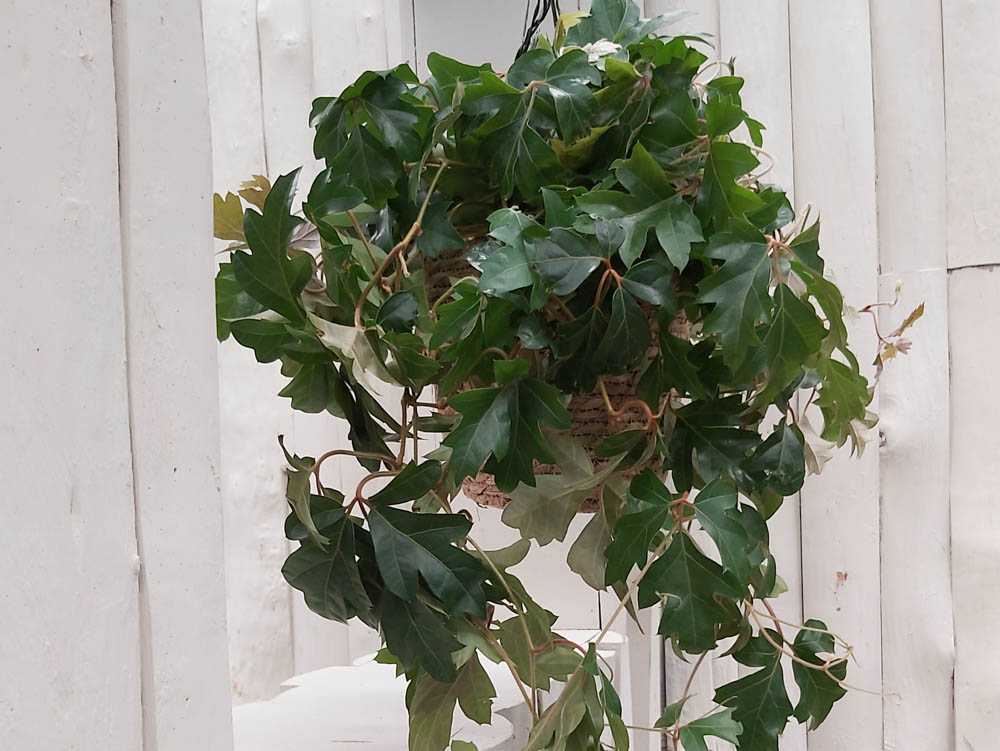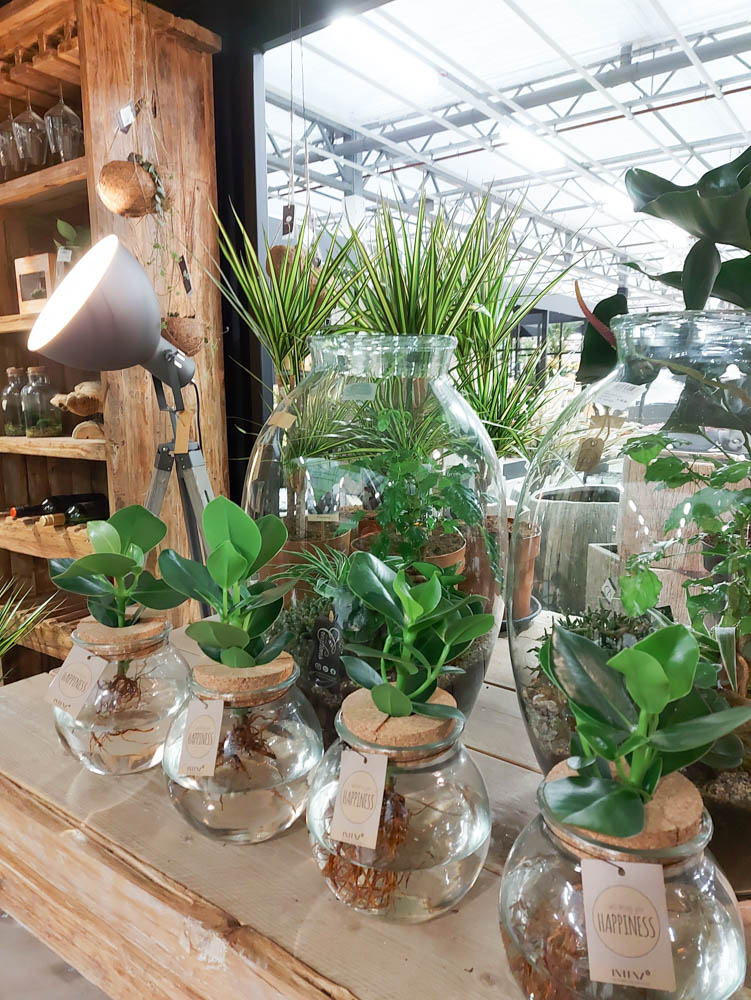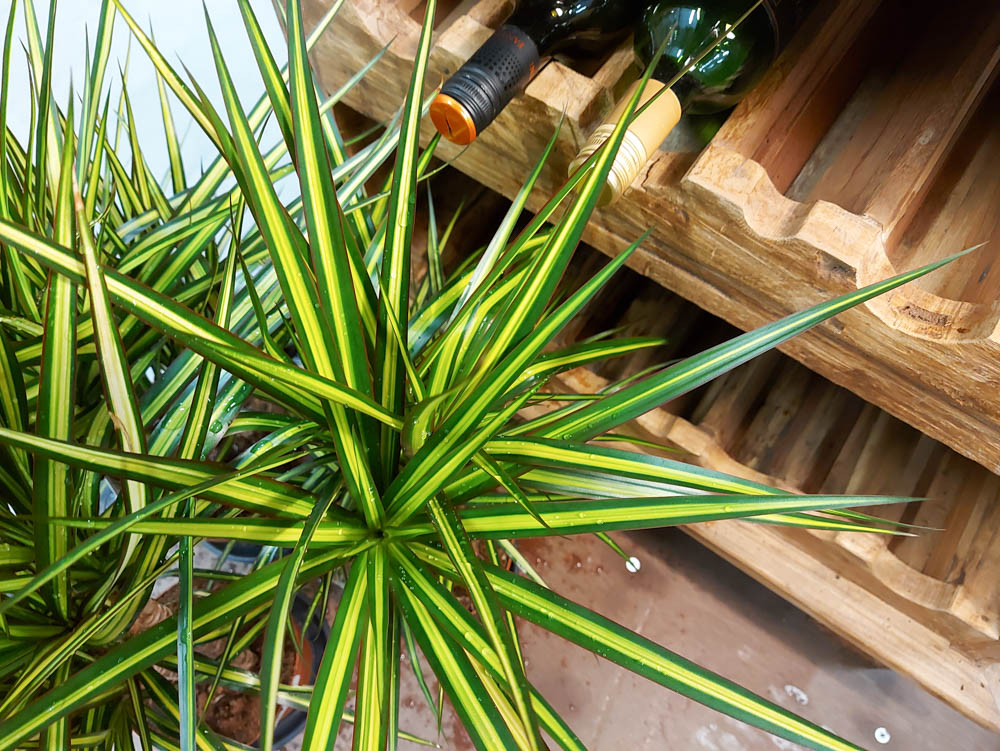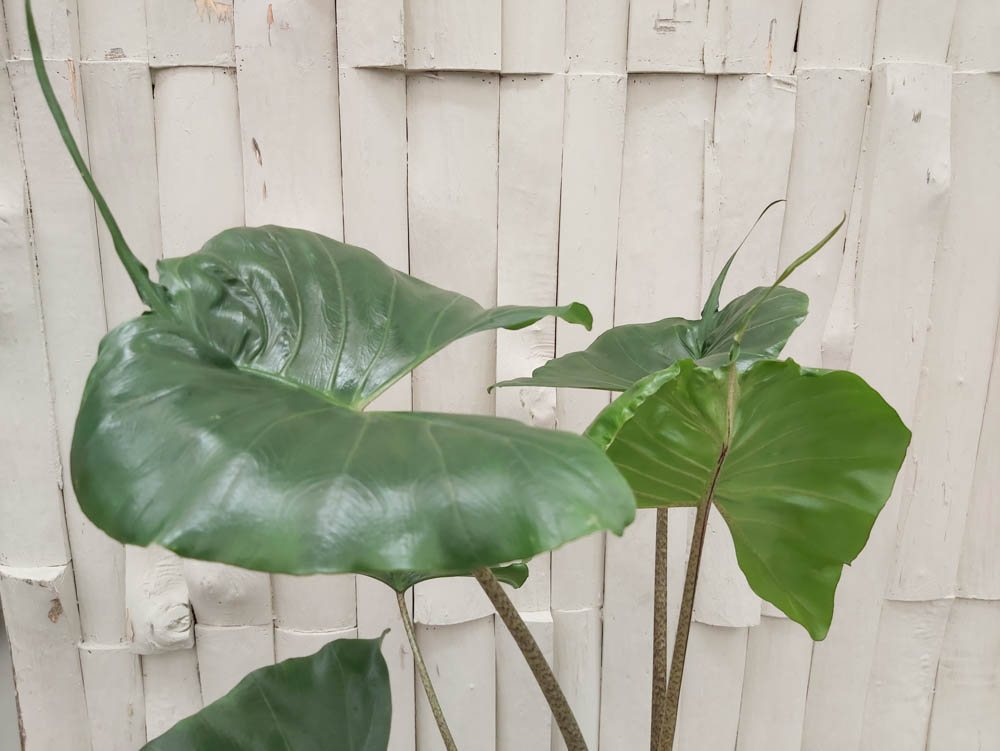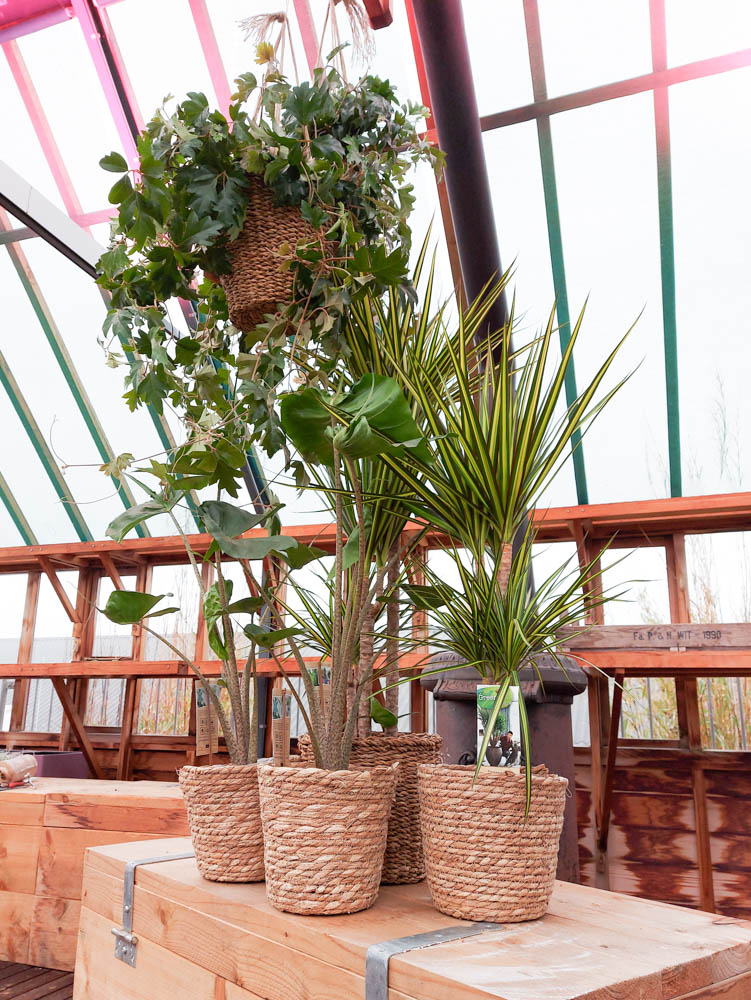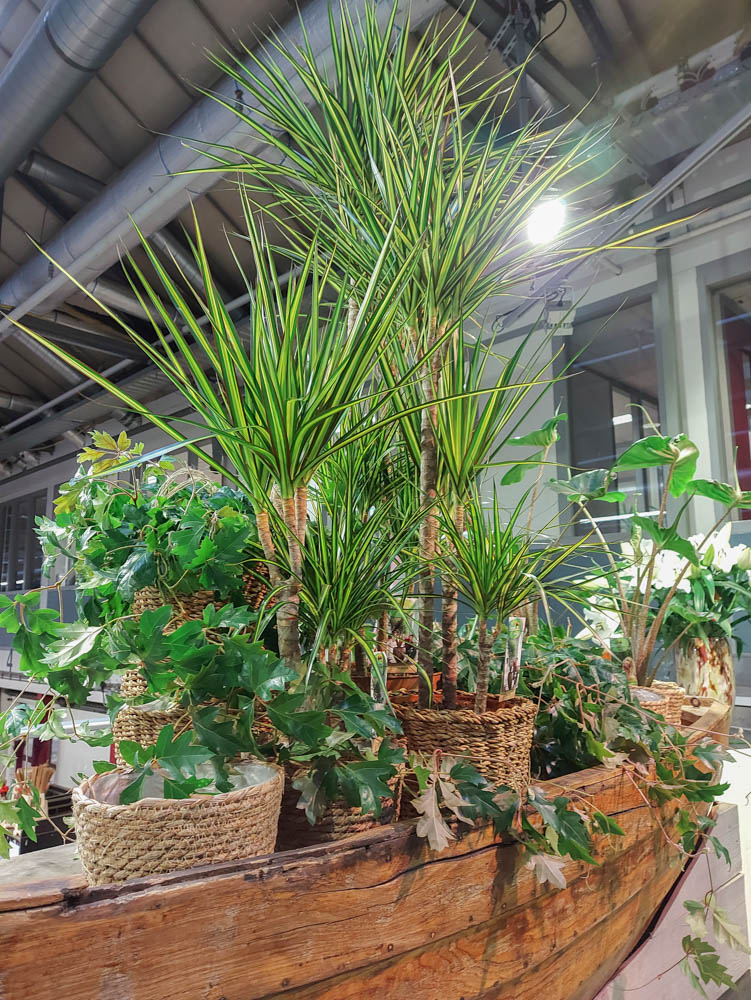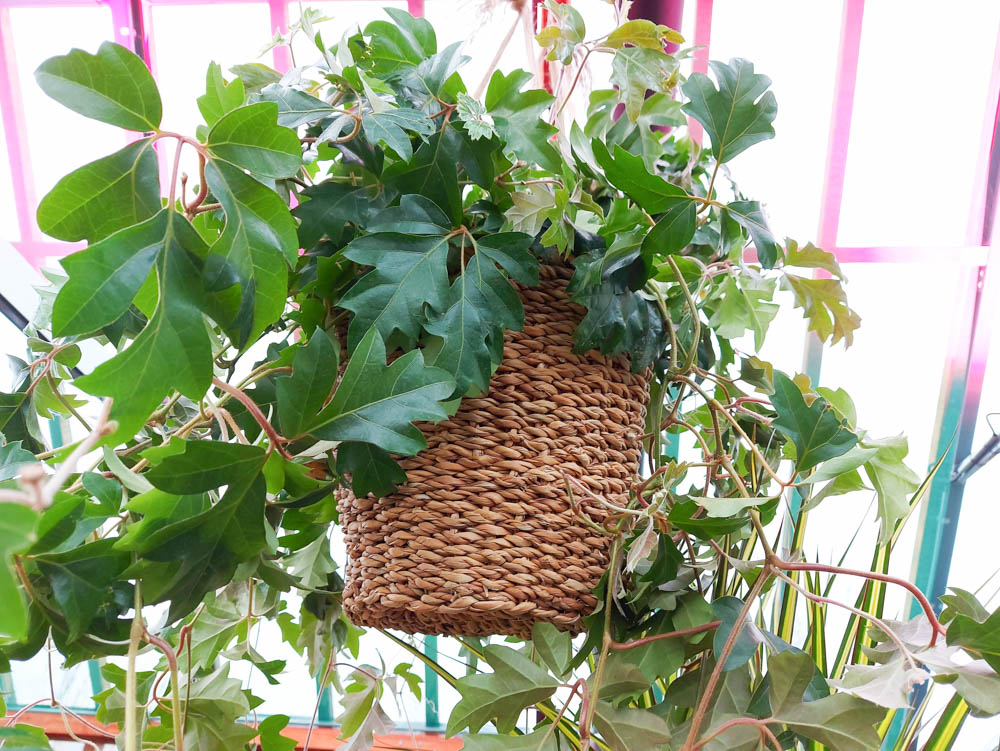Blog #17 Tica
In the middle of the dark days of January we are all trying to make our home as warm and welcoming as possible. And, as every year, we hear the well-known phrase: “Christmas tree out, plants in!”. Well, our little shop-in-shop at the Tica is ready! In collaboration with Vireõ, we selected three types of plants to highlight.
FloraPodium, 20 January 2022
Alocasia Stingray
Alocasia is known for its large graceful leaves. Originally the Alocasia grows in the tropical rainforests of Southeast Asia. In some species the leaf can grow up to a meter in diameter. It is not for nothing that the Alocasia is also called 'elephant ear'. The ornamental value of the Alocasia Stingray lies in the leaf, which shows great similarities with the stingray, after which this species is named.
Care
The Alocasia is a tropical plant. She likes to be in a bright spot, but not in full sun; this might cause the leaf to burn. A temperature of 17-22 degrees Celsius is the ideal temperature; the Alocasia really hates the cold. Once they've taken a hit from the cold, they often don’t recover. They like a moist environment; do not let the root ball dry out, so water regularly! Also, the plant will thrive on some extra plant food twice a month. In the winter months, once a month is enough!
Affected leaves can be easily removed without causing damage to the plant. Cut the leaf slightly above the trunk. The remainder will dry out, this can then be easily removed. Although it does not happen often, the plant can give flowers. It is best to remove them immediately, these flowers cost the plant a lot of energy, while the flower has little ornamental value. Once the flower is removed, the plant will put its energy back into the leaf.
And occasionally, the Alocasia secretes excess moisture through the leaf. This is called guttation. It is absolutely harmless, but it can cause stains on the furniture that are difficult to remove.
Dracaena Sunray
Dracaena Sunray is a mutant from a marginata species from Costa Rica. Characteristic of the Sunray is its yellow leaf. Variegated plants with yellow leaves are often more demanding to care for than plants with green leaves. The Sunray is an exception to this. Like the ordinary marginata, the Sunray is very strong, easy to care for and can withstand a beating.
Care
Dracaena is an air-purifying plant that is easy to care for. This also makes it a suitable plant for the office or as decoration for an event.
The Sunray can easily be placed in a (semi) shaded spot and needs little water. In winter when the plant is dormant, once every three to four weeks is enough. Once every two weeks in the spring and summer. Only water when the soil is completely dry.
Cissus rhombifolia ‘Ellen Danica’
Cissus is a fairly old-fashioned hanging plant that has made a comeback. Because Cissus (also called Koningswerd) is very easy to maintain, it is very popular with the current generation. Due to its full, luxuriant growth, the Cissus quickly creates a tropical feeling in your home.
Care
Cissus is very easy to maintain and likes a light/semi-shaded spot. Originally the Cissus comes from South America where it can be seen many times in the tops of the trees. Because they can withstand dry air, this hanging plant is also very suitable for the office. Watering once a week is sufficient for the plants. Allow the soil to dry in between before watering again.

